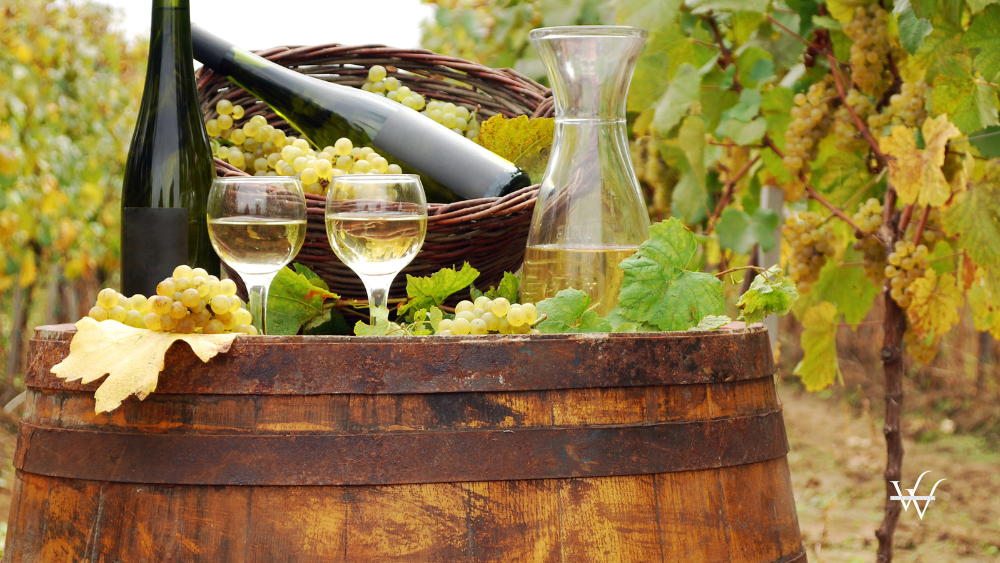The global wine market has experienced significant challenges in recent years, with declining consumption and shifting investment trends impacting various sectors.
The Knight Frank Wealth Report 2025 highlights these issues, noting that global wine consumption has decreased by 12% since its peak in 2007.
Declining Returns on Wine Investments
The Knight Frank Luxury Investment Index (KFLII) reported a general decrease of 3.3% in 2024 compared to 2023. Within this index, wine investments saw a sharper decline of 9.1%, while rare whiskies and art experienced downturns of 9% and 18.3%, respectively. In contrast, sectors such as luxury cars, watches, coins, jewelry, and handbags showed modest growth, ranging from 1.2% to 2.8%.
Shifts in Investment Preferences Among Young Wealthy Individuals
A survey focusing on affluent individuals aged 18 to 35 revealed a reduced interest in wine collections, which constitute only 4.4% of their total investment assets. Their portfolios are predominantly allocated to real estate (29.8%) and luxury cars (27.8%), followed by private jets (15.1%), art collections (12.4%), and superyachts (8.9%).
Impact on Vineyard Values
The structural challenges in the wine industry are also reflected in the fluctuating values of vineyards worldwide:
- New Zealand: The Marlborough region experienced a 33% decrease in vineyard prices in 2024, dropping to USD 110,000 per hectare.
- Australia: The Barossa Valley saw a 10% decline, with prices around USD 60,000 per hectare.
- United States: In California's Napa Valley, premier vineyards remained stable at USD 1.2 million per hectare, while areas like Los Carneros experienced a 15% decrease, falling to USD 290,000 per hectare.
- France: Vineyard values varied, with Margaux in Bordeaux listed at USD 1.25 million per hectare (a 4% decrease), Champagne vineyards growing by 2% to USD 1.04 million per hectare, and Côte de Nuits in Burgundy holding steady at USD 1.09 million per hectare.
- Italy: Contrarily, Italy's prime regions showed growth. Barolo vineyards rose by 5% to USD 2.08 million per hectare, making them among the most valuable globally. Brunello di Montalcino's vineyards are valued at USD 910,000 per hectare, Bolgheri's at USD 810,000 per hectare, and Chianti Classico's increased by 3% to USD 180,000 per hectare.
Emerging Trends and Future Outlook
Climate change and evolving consumer preferences are reshaping the global wine landscape. Regions like the UK's Essex have seen vineyard values grow by 20% to USD 120,000 per hectare, benefiting from favorable climatic conditions. However, traditional markets face challenges due to shifting demand and environmental factors.
In summary, the global wine market is undergoing a period of transformation, influenced by declining consumption, changing investment behaviors, and regional disparities in vineyard values. Stakeholders must adapt to these evolving dynamics to navigate the complexities of the current landscape.
Source: WineNews

